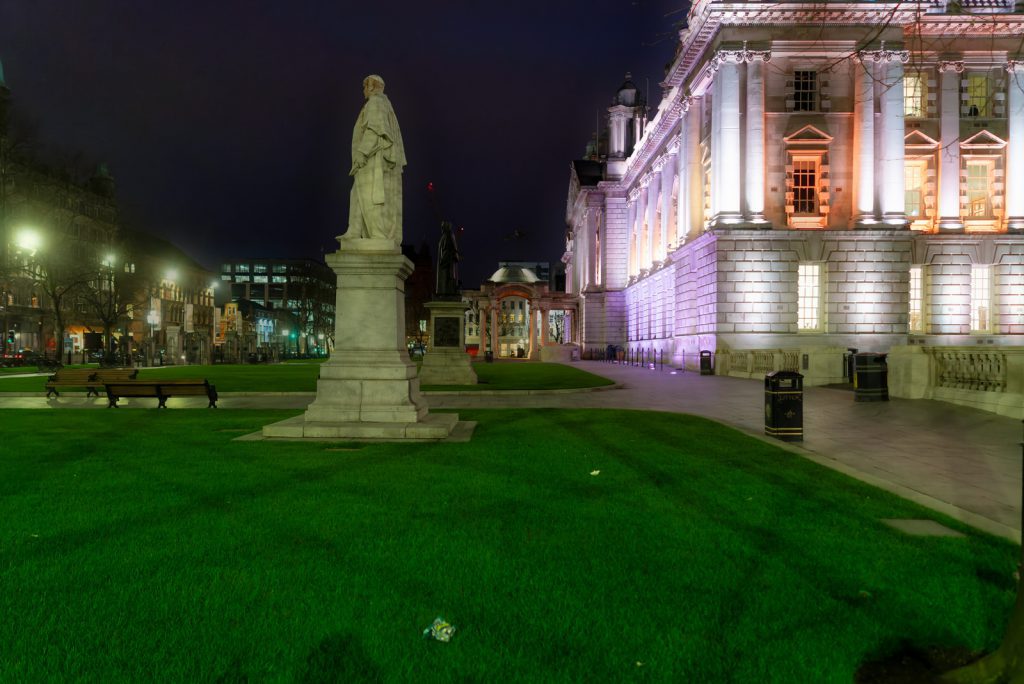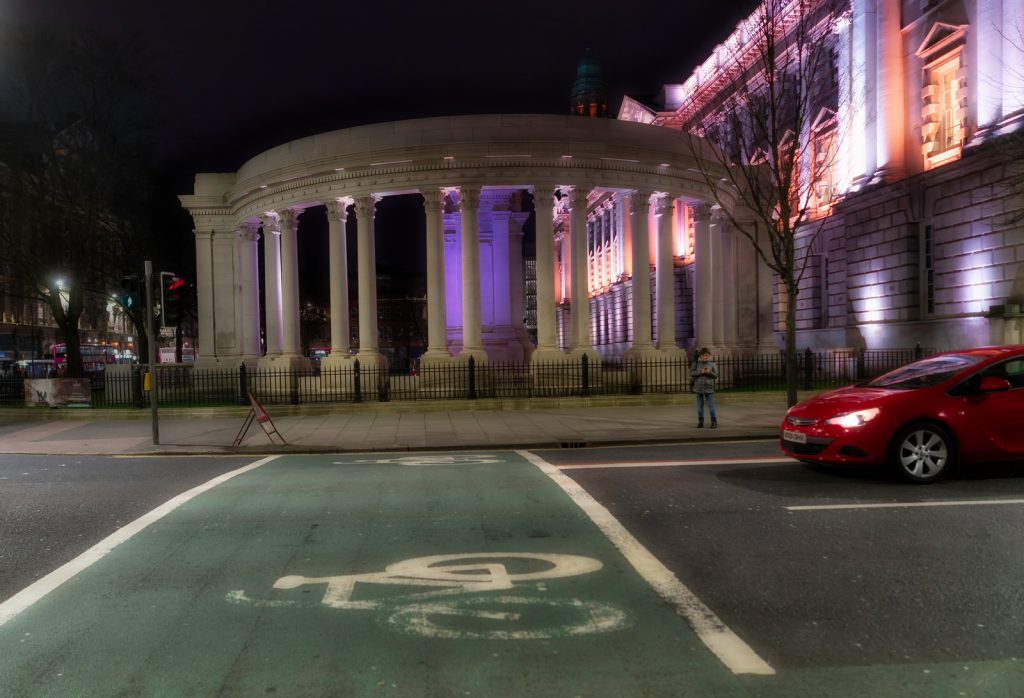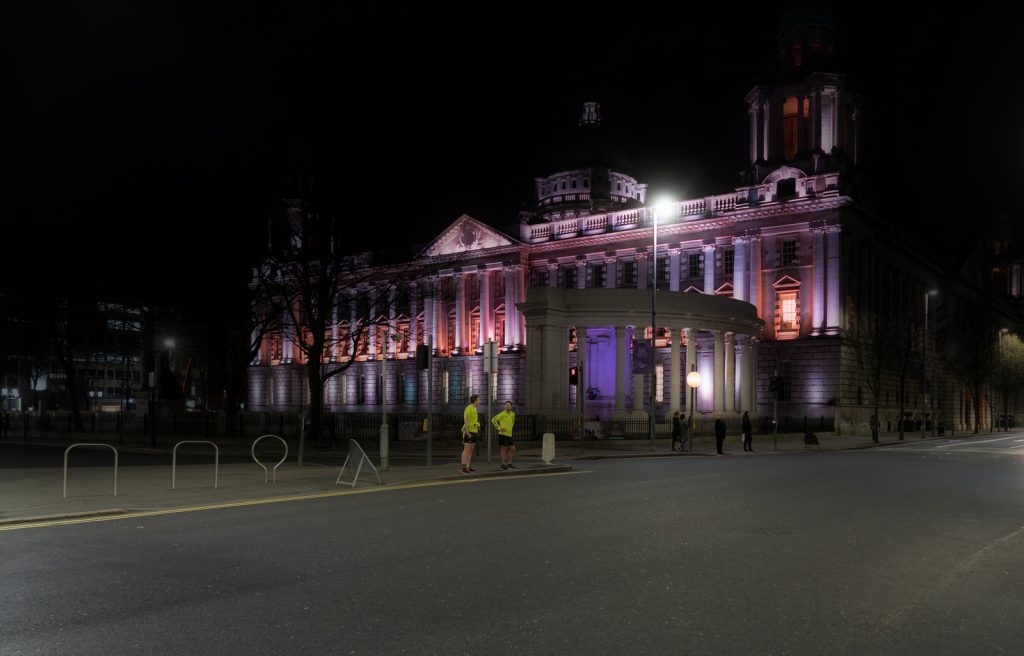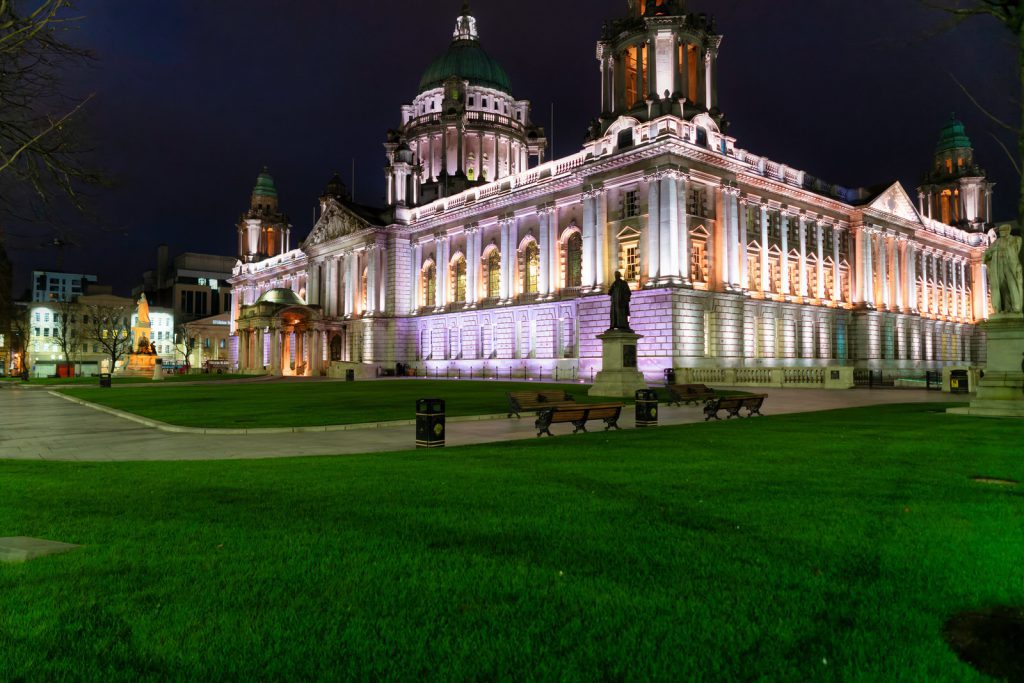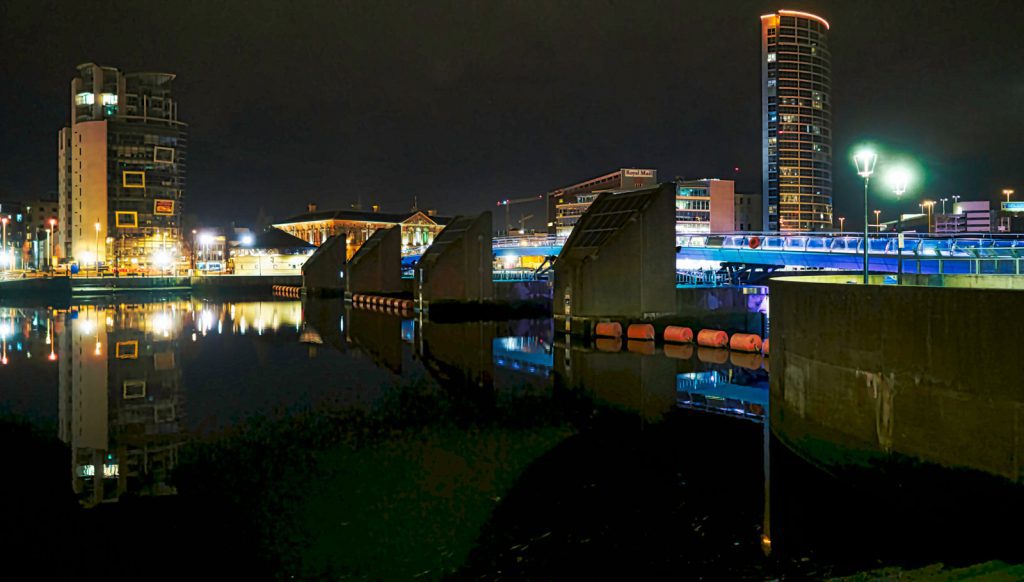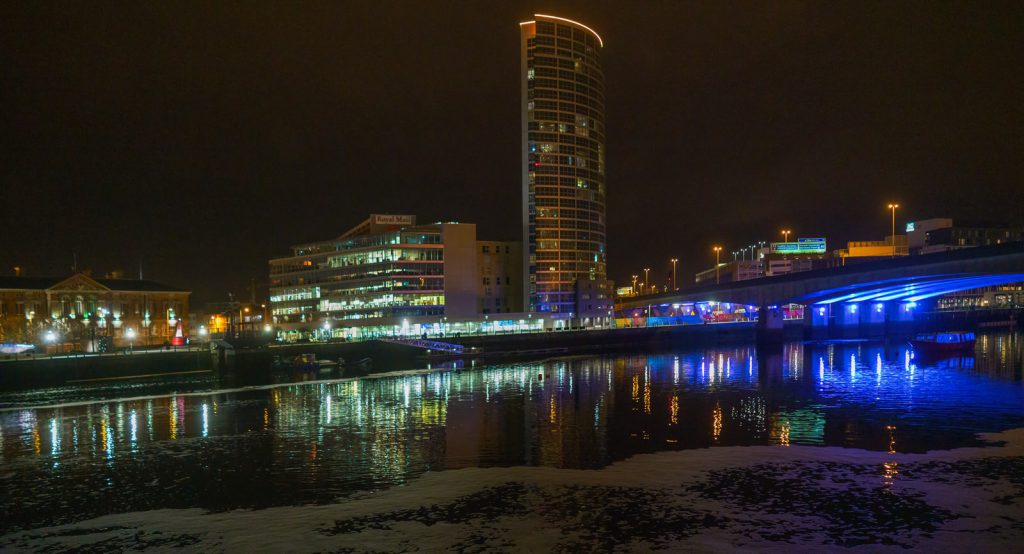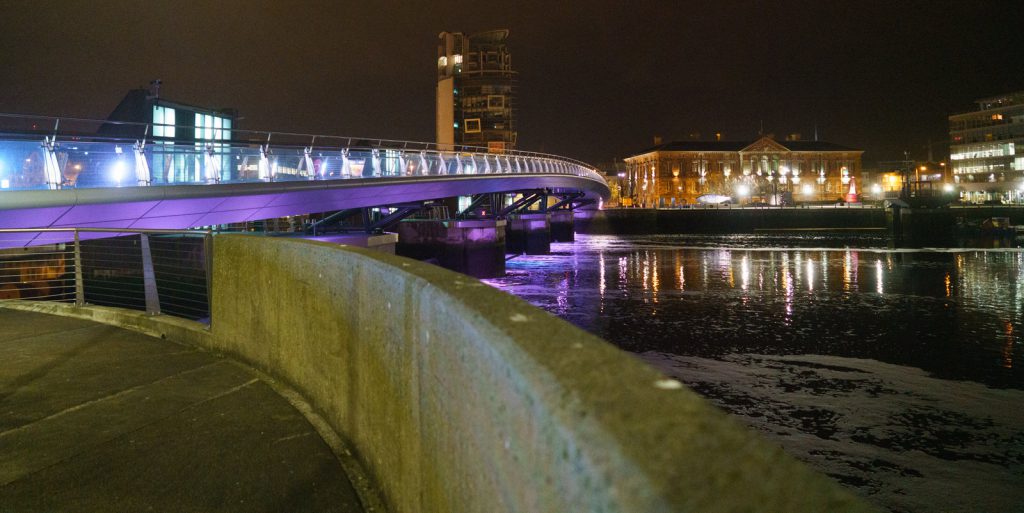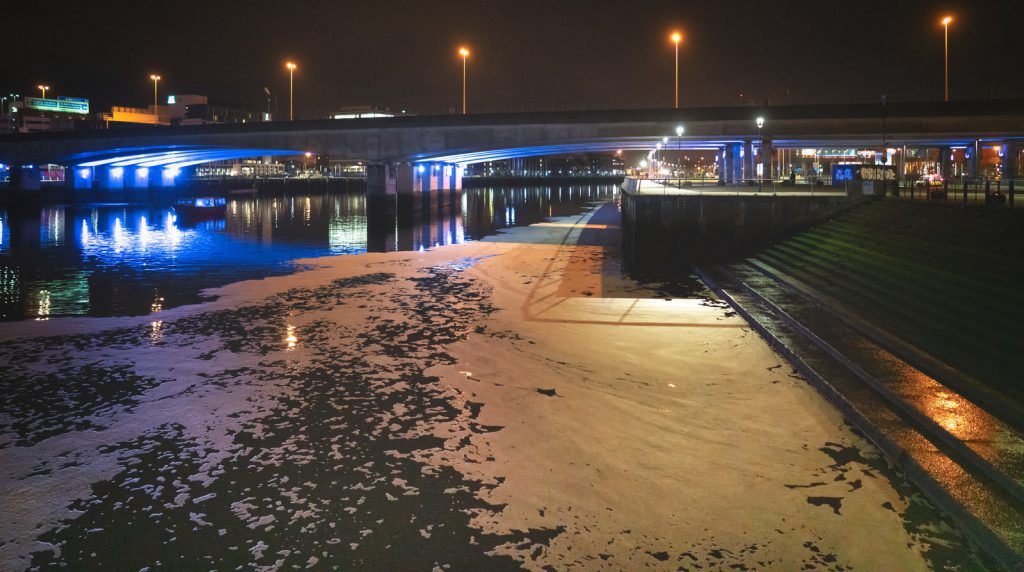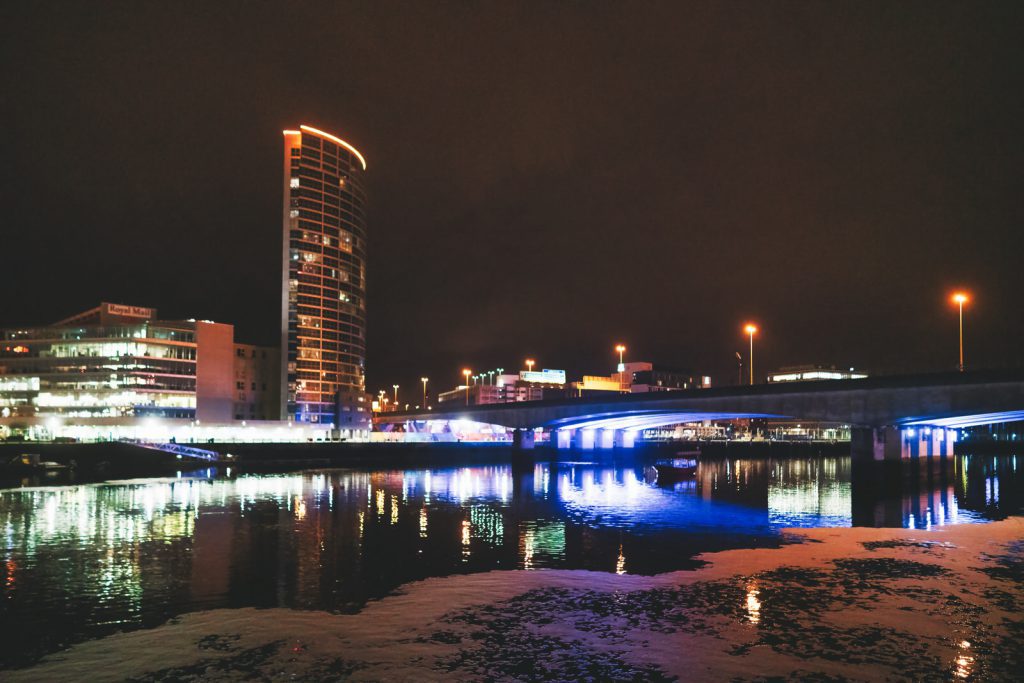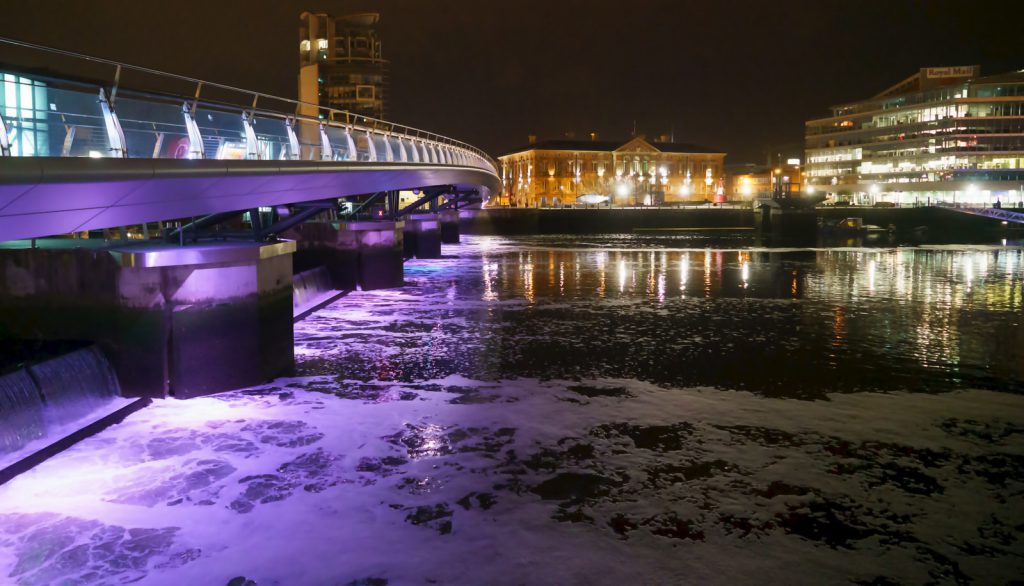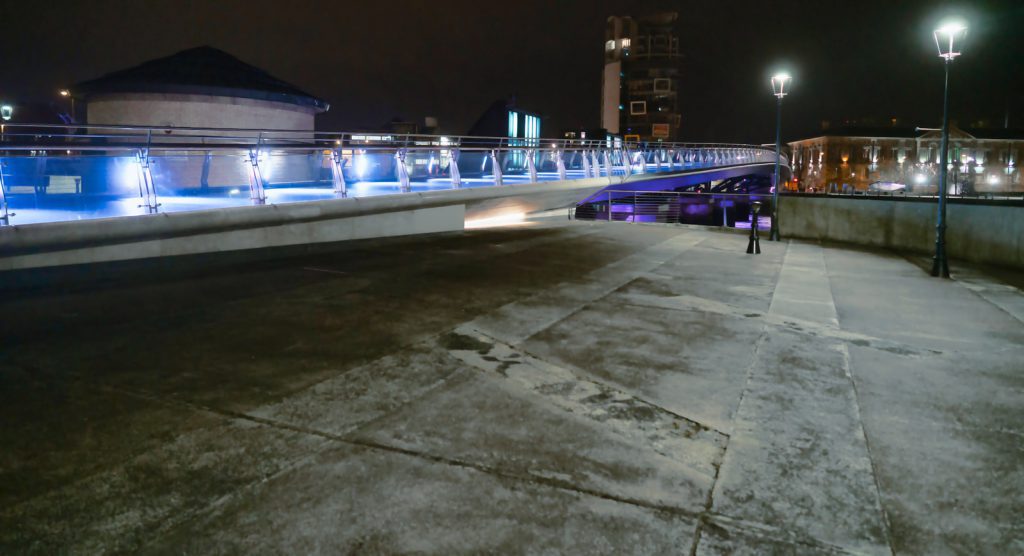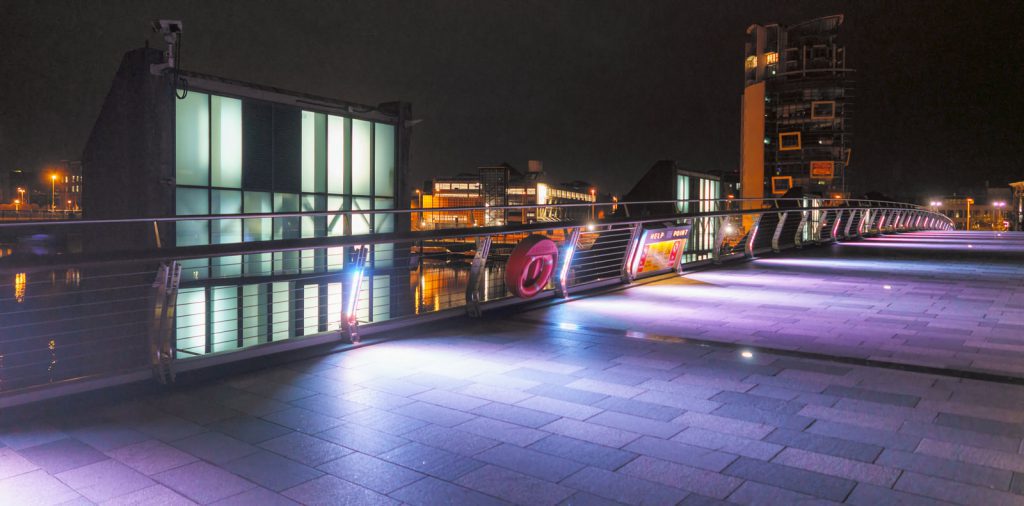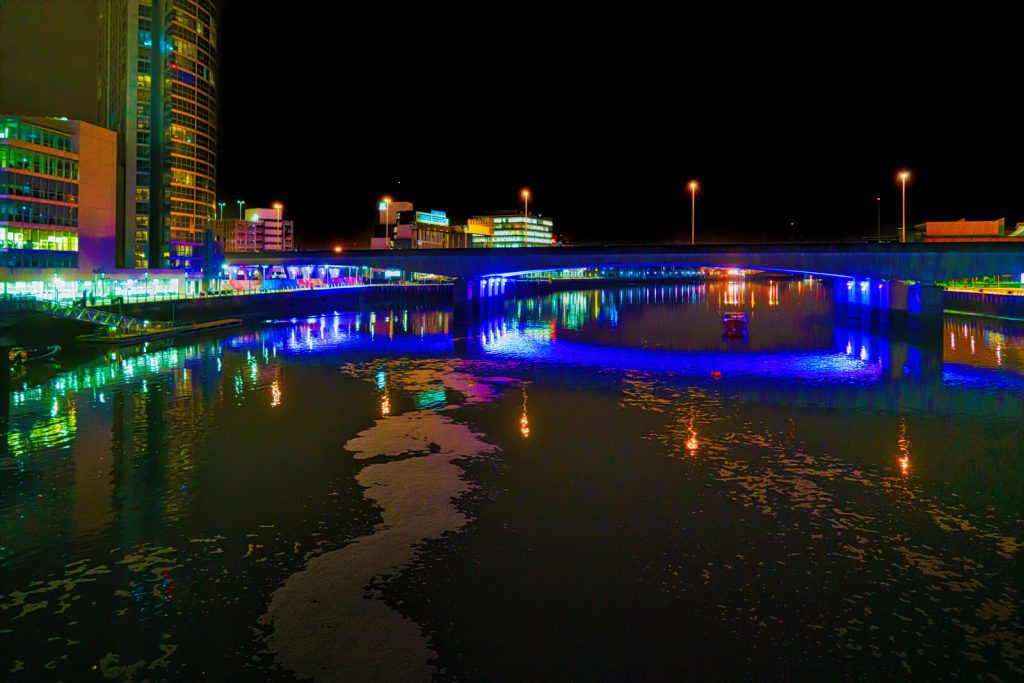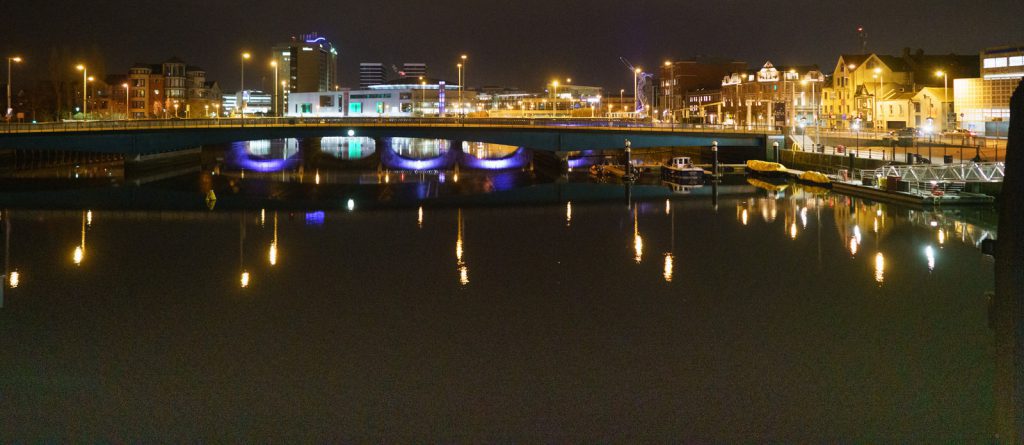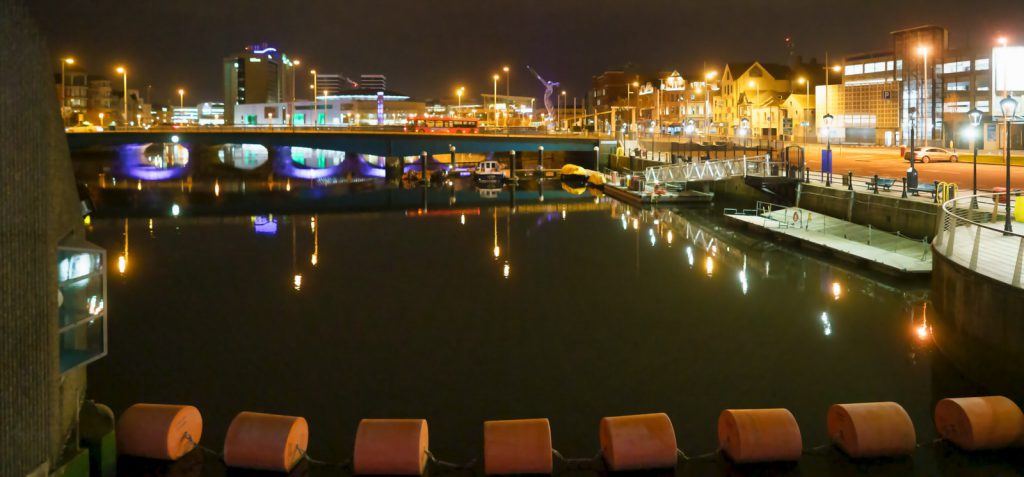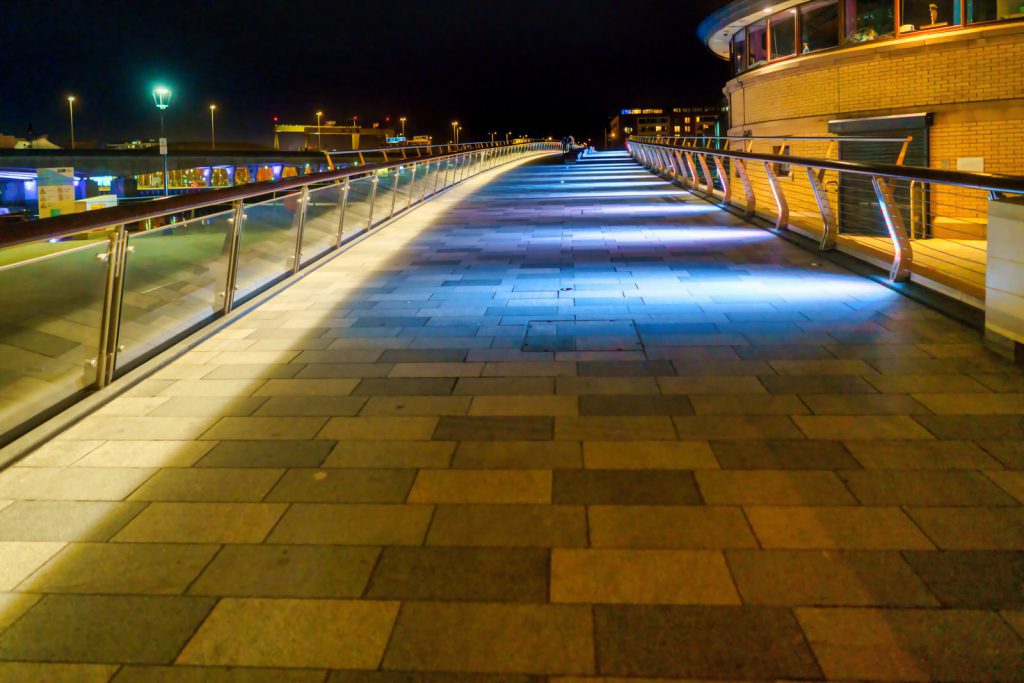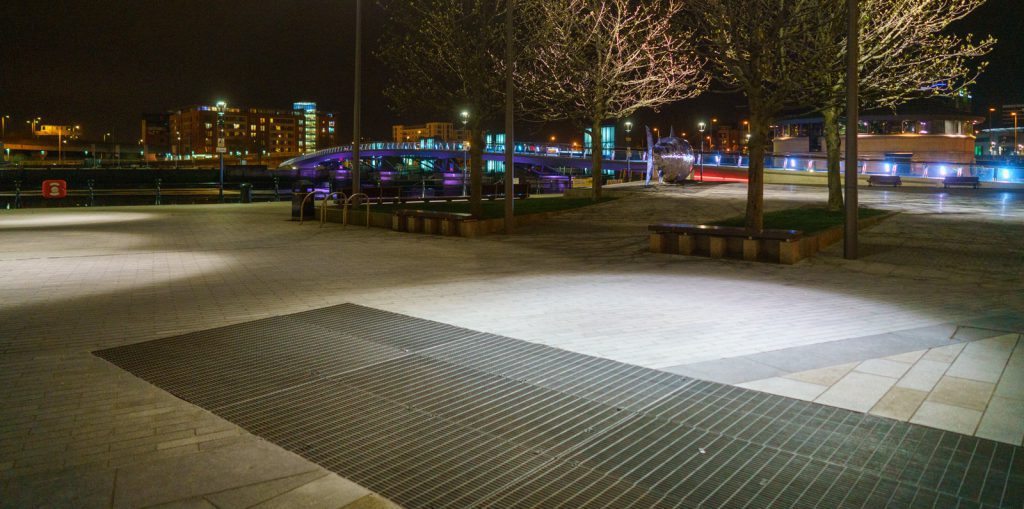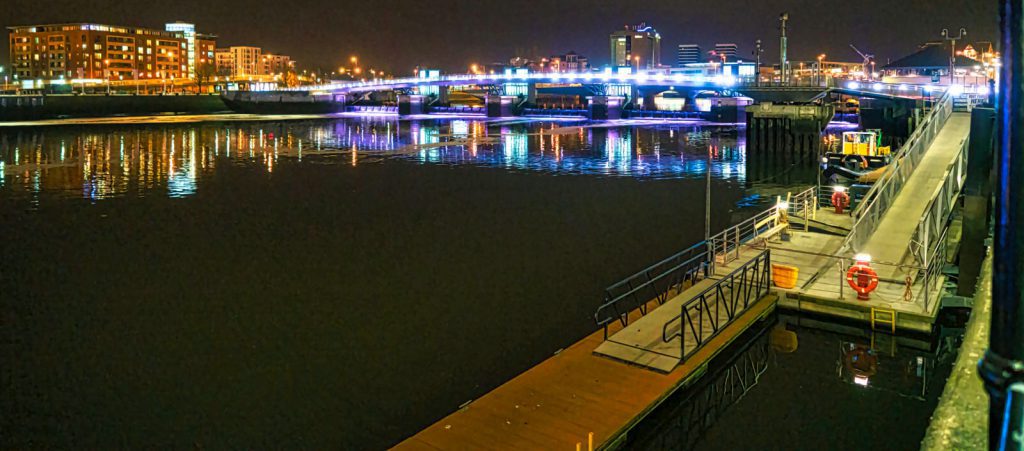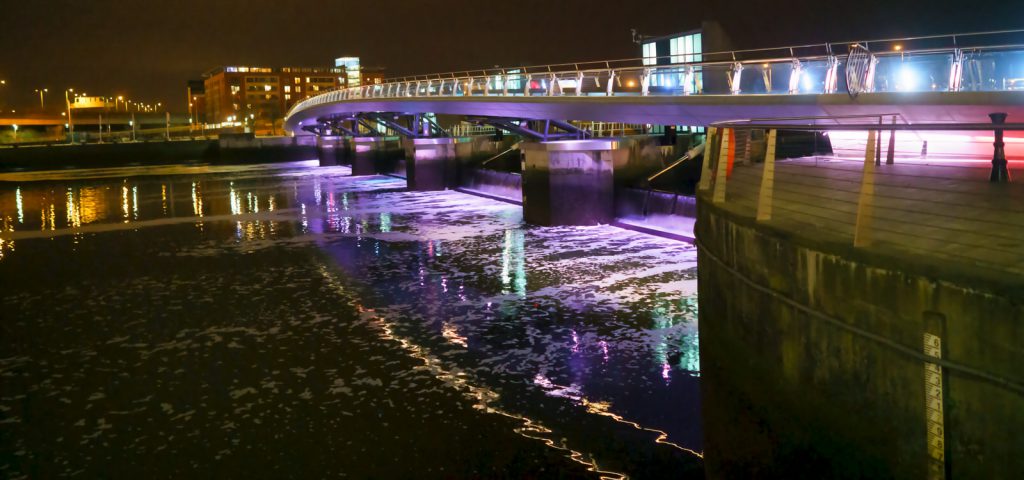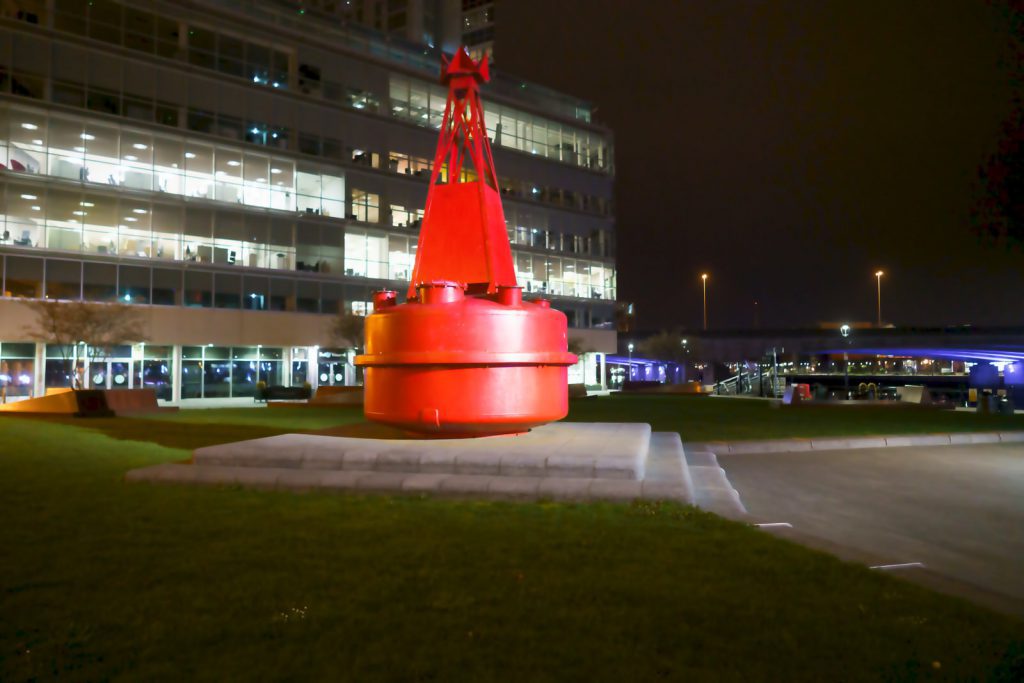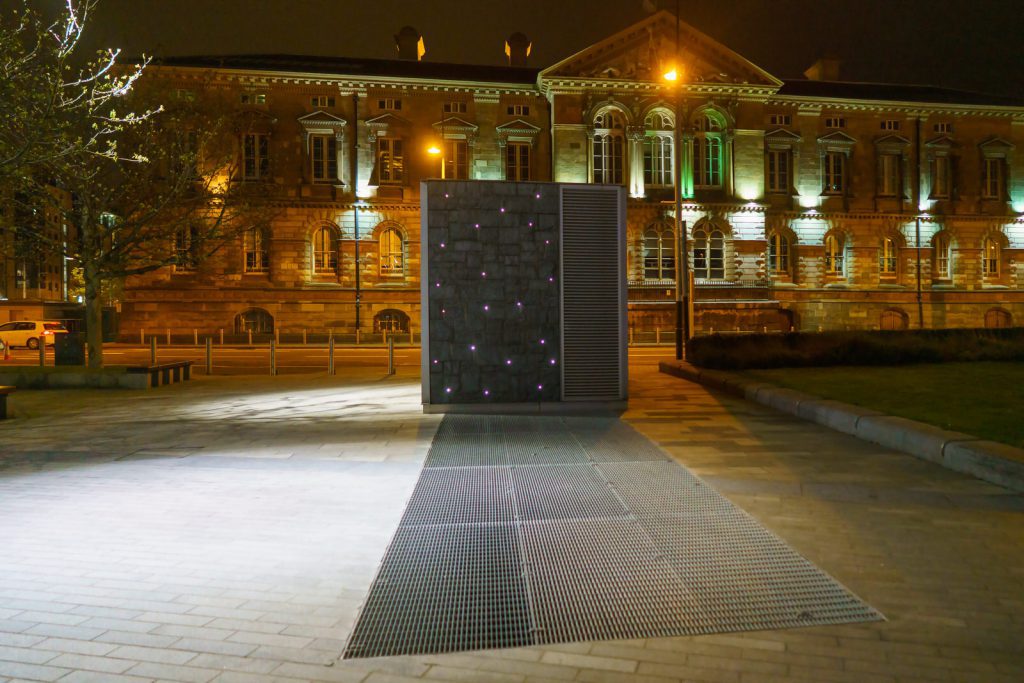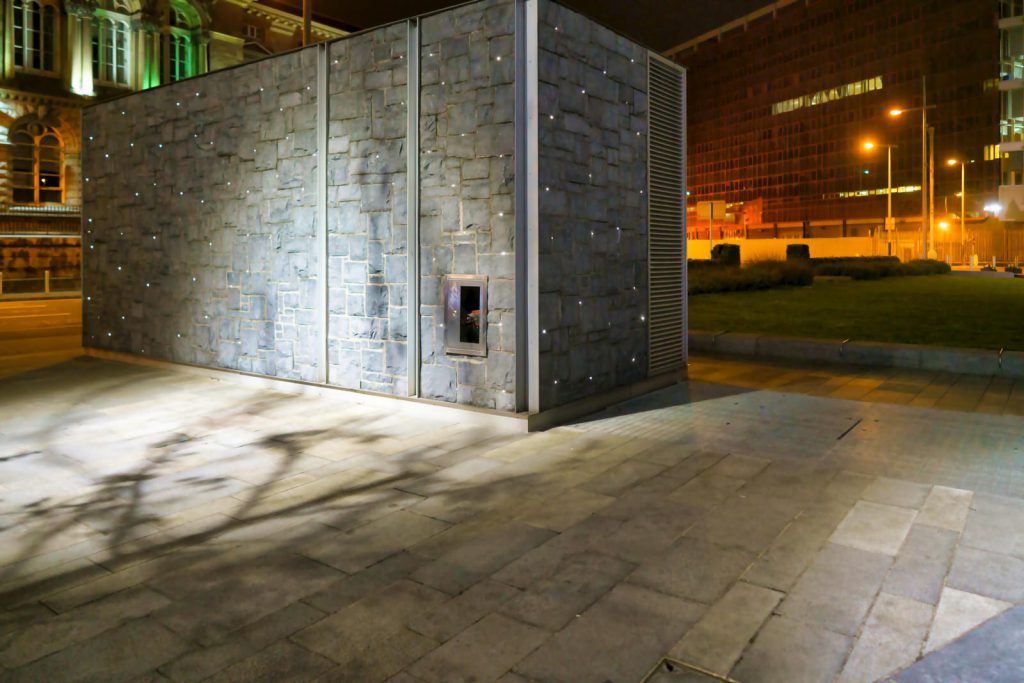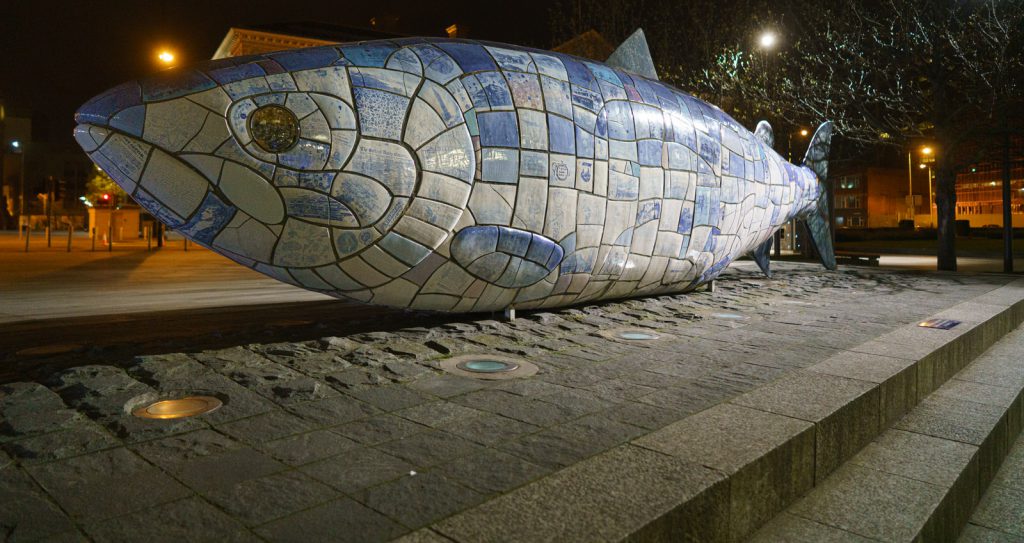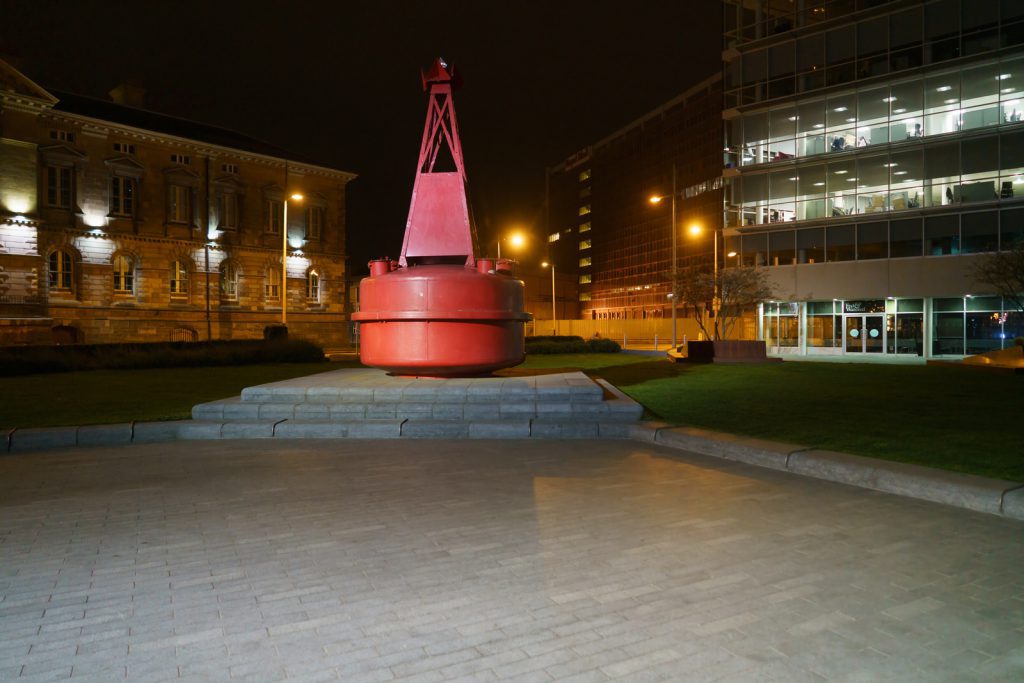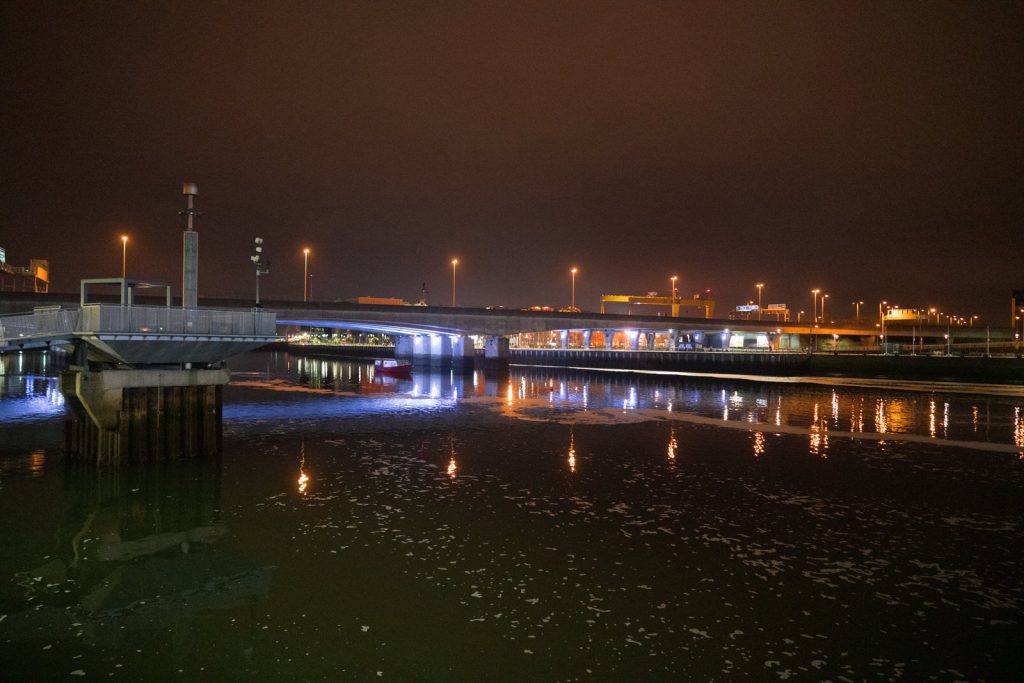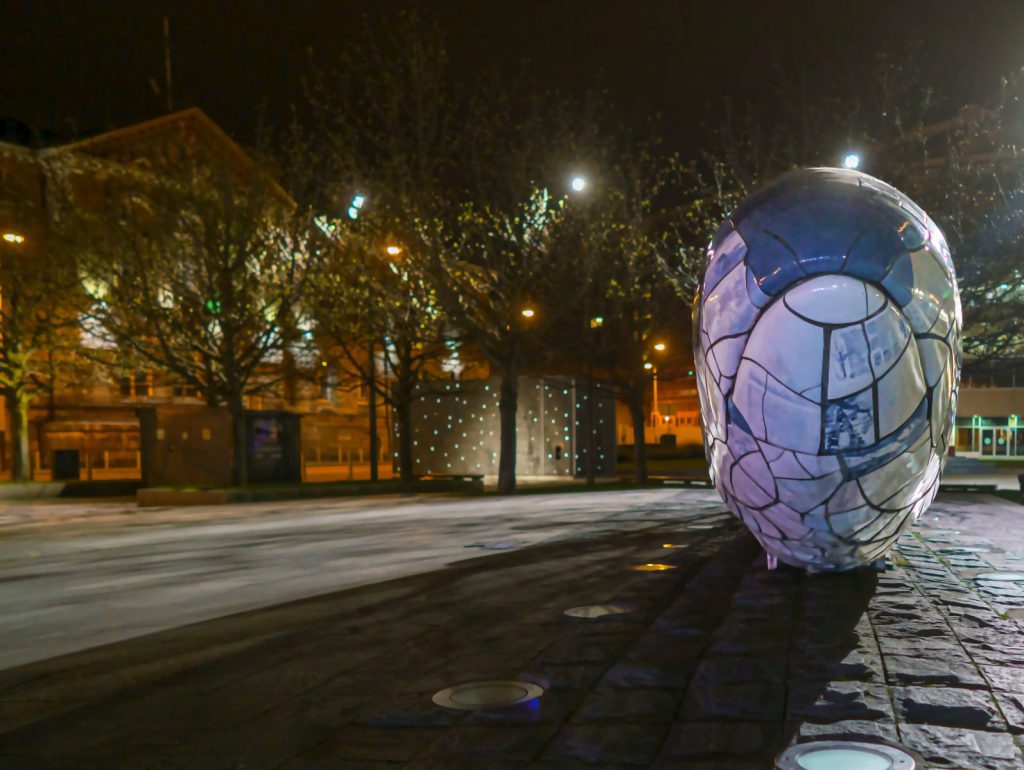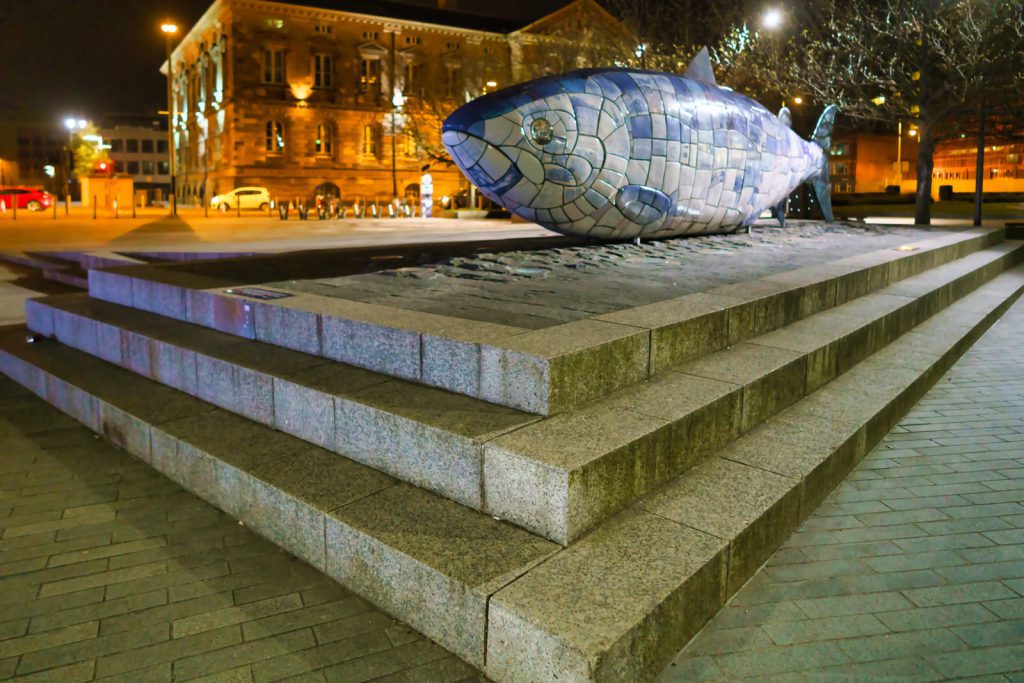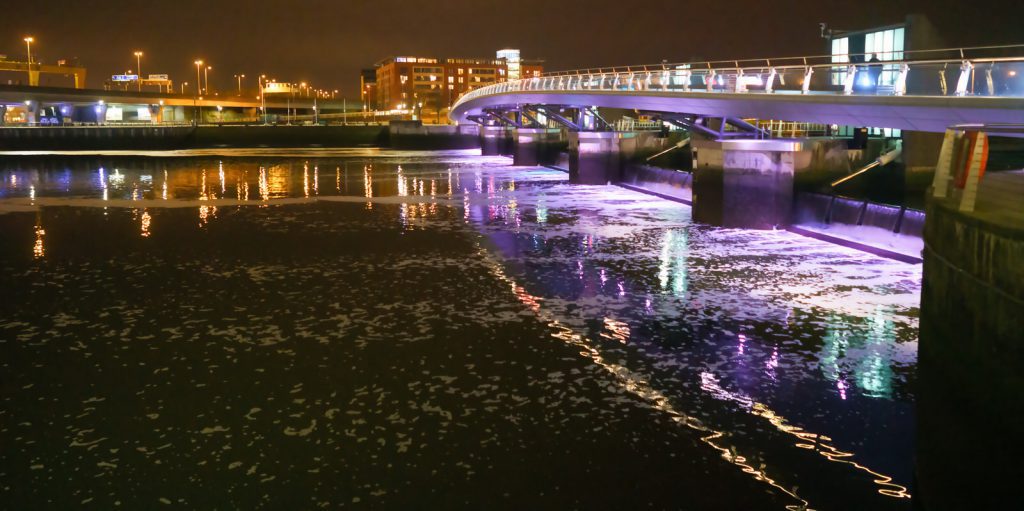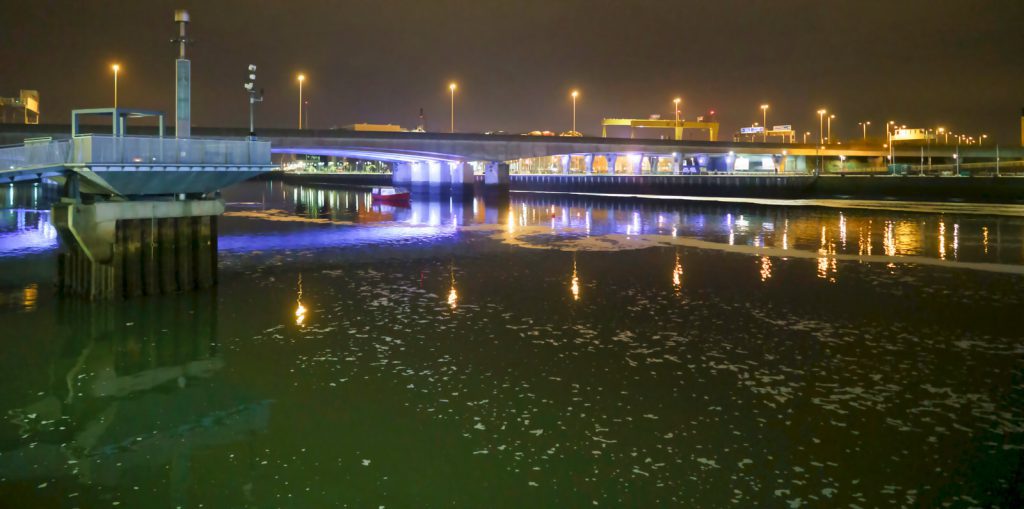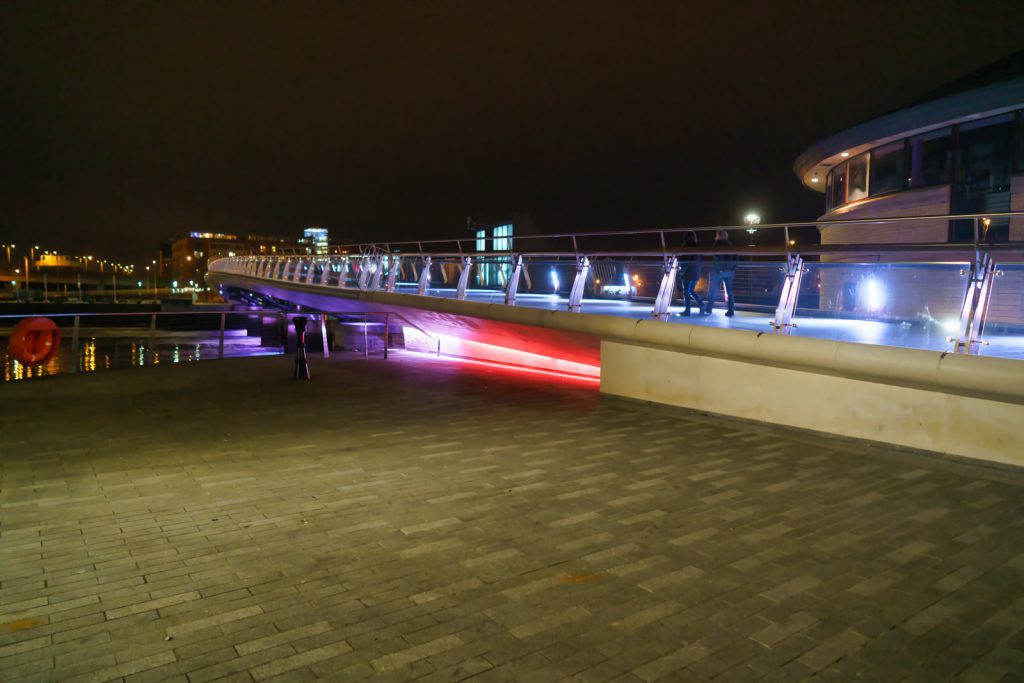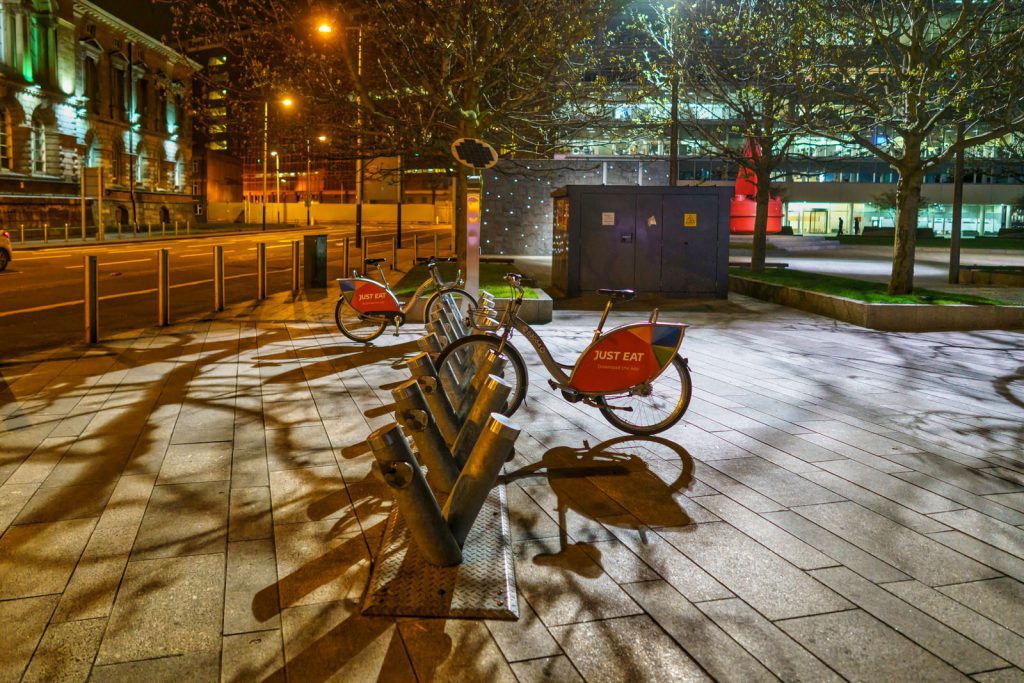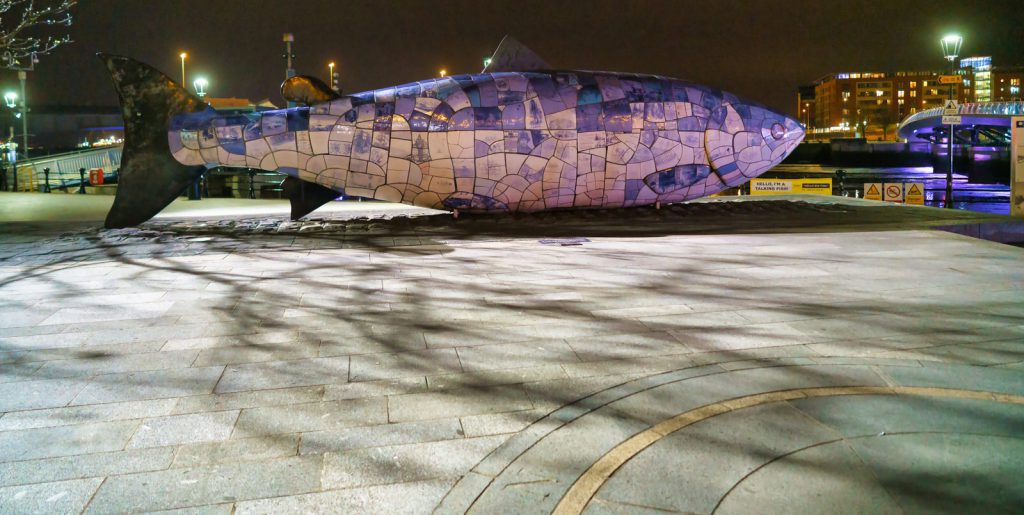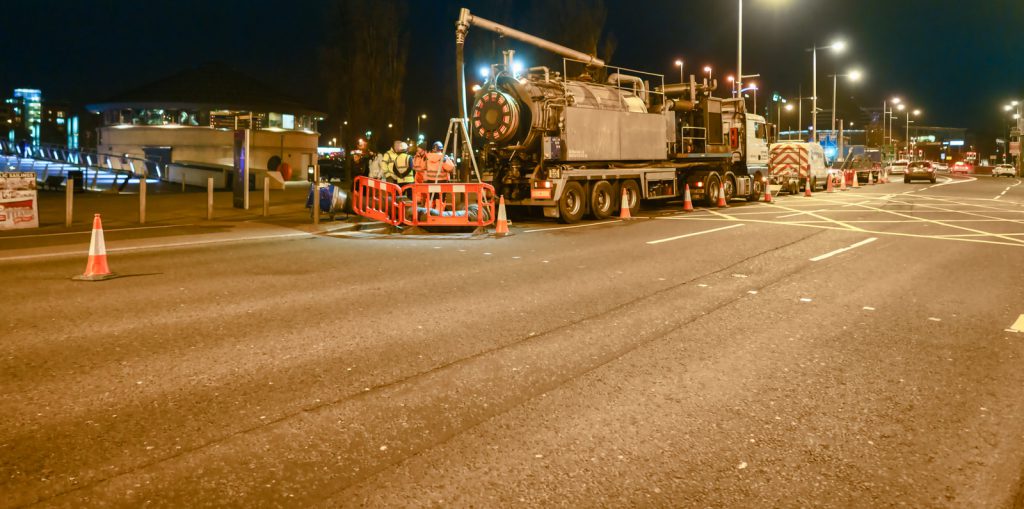PHOTOGRAPHED MARCH 2019
Belfast City Hall was commissioned to replace the Old Town Hall in Victoria Street. The catalyst for change came in 1888 when Belfast was awarded city status by Queen Victoria. This was in recognition of Belfast’s rapid expansion and thriving linen, rope-making, shipbuilding and engineering industries. During this period Belfast briefly overtook Dublin as the most populous city in Ireland.
It was in this context that in the late 19th century the new city leaders formed the view that the Victoria Street building was not imposing enough and decided to commission a new building: the site they selected was once the home of the White Linen Hall, an important international Linen Exchange. The street that runs from the back door of Belfast City Hall through the middle of Linen Quarter is Linen Hall Street.
Belfast Corporation used their profits from the gas industry to pay for the construction of the Belfast City Hall. The building, which was designed by Sir Alfred Brumwell Thomas in the Baroque Revival style, was built in Portland Stone at a cost of £369,000 and opened on 1 August 1906. Local firms H&J Martin and WH Stephens were among the companies involved in the design and construction. James G. Gamble, principal city architect with Belfast Corporation, was clerk of works for the erection of the City Hall circa 1896-1906.
The city hall in Durban, South Africa is almost an exact replica of Belfast’s City Hall. It was built in 1910 and designed by Stanley G. Hudson, who was inspired by the Belfast design. The Port of Liverpool Building, designed by Sir Arnold Thornely and completed in 1913, is another very close relative.
On 1 August 2006 the City Hall celebrated its centenary with a “Century of Memories” exhibition and family picnic day. On 3 December 2012, the City Council voted to limit the days that the Union Flag flies from City Hall to no more than 18 designated days. Since 1906, the flag had been flown every day of the year. The move was backed by the Council’s Irish nationalist Councillors and by its Alliance Party Councillors. It was opposed by the unionist Councillors, who had enjoyed a majority on the council until the Northern Ireland local elections of 2011. On the night of the vote, unionist and loyalist protesters tried to storm the City Hall. They held protests throughout Northern Ireland, some of which became violent.
